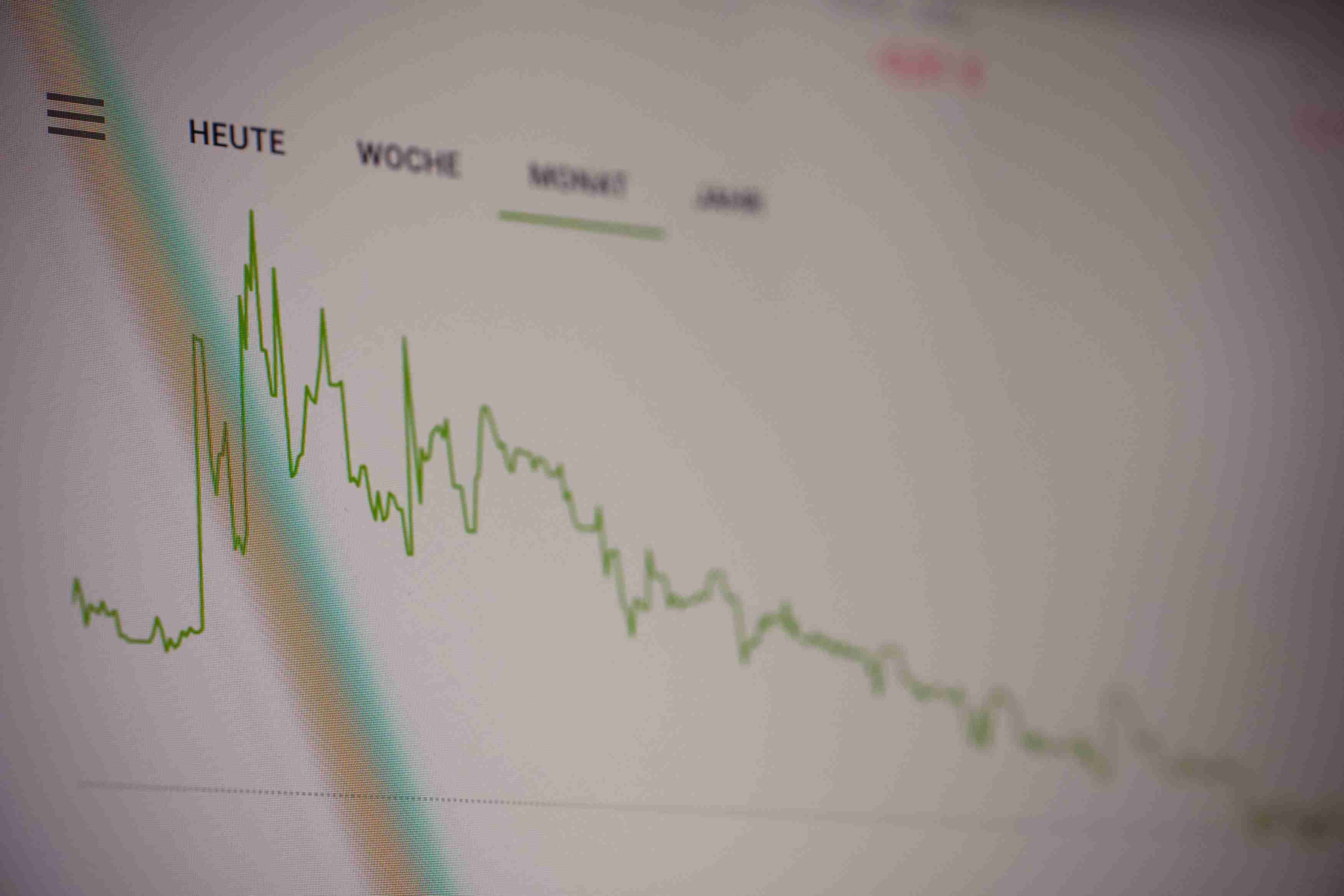

(1.南开大学经济与社会发展研究院, 天津




1.基于全国层面的出口品国内技术复杂度测算结果及其分析

样本期间内中国资源型行业的国内技术复杂度均值总体上呈现出较为平稳的变化趋势。其中,煤炭采选业、金属矿采选业及石油和天然气开采业的国内技术复杂度在样本期间内呈现出微弱增长的变化趋势;而非金属矿采选业的国内技术复杂度在样本期间内则呈现出相对更为明显的增长态势。由于对核心技术的要求较低且生产环节分离的难度较大,这使得资源型行业融入国际垂直专业化分工体系的程度相对较低,不需要从发达国家进口大量的中间投入品,因而中国资源型行业出口商品的全部技术复杂度与国内技术复杂度之间差距扩大的幅度相对较小。





的进口中间投入品价值,进而分别从全国、产业及地区三个层面对2002-2011年期间中国工业制成品出口的国内技术复杂度进行了相对更为准确的测算和分析。研究结果表明:通过参与国际产品内分工,中国出口品国内技术复杂度总体上呈现出稳步提升态势,但国内技术复杂度变化呈现出明显的行业差异性和区域差异性,具体表现为:
第一,随着出口贸易规模的快速扩大,中国工业制成品出口的国内技术复杂度(DTS)总体上呈现出稳步增长的态势,但其与出口商品全部技术复杂度(WTS)之间的差距呈现出逐步扩大的趋势。这表明,剔除进口中间投入品价值之后的中国出口商品技术复杂度并没有达到Rodrik(2006)等学者所测算的异常高值,究其原因在于Rodrik(2006)等学者是以出口贸易总量统计数据为基础来计算中国出口商品技术复杂度的,其忽视了加工组装贸易过程中从国外进口的大量中间投入品价值,从而在一定程度上夸大了中国出口贸易的技术结构和技术含量,导致了中国的贸易比较优势发生显著改变的“统计假象”。
第二,样本期间内中国工业制成品出口的国内技术复杂度(DTS)变化呈现出明显的行业异质性。具体而言,资源型行业的国内技术复杂度总体上呈现出较为平稳的变化趋势;除了受金融危机影响在2008年之后出现一定程度的下降之外,低技术行业和中技术行业的国内技术复杂度总体上均呈现出不同程度的快速增长;交通运输设备制造业、通用及专业设备制造业、电气机械及器材制造业等高技术行业的国内技术复杂度总体上呈现出较快增长的变化趋势,而中国近年来一直重点发展的电子及通信设备制造业、仪器仪表及其他计量器具制造业等高技术产业的国内技术复杂度则呈现出不同程度的下降趋势。
第三,中国工业制成品出口的国内技术复杂度表现出较为明显的区域性特征。除了受全球金融危机影响在2008年之后出现一定程度的下降之外,样本期间内中国各省份工业制成品出口的国内技术复杂度(DTS)总体上均呈现出不同程度的增长趋势,但其与出口品全部技术复杂度(WTS)之间的差距呈现出逐步扩大的态势,这就从地区层面验证了全国层面两者之间差距逐步扩大的研究结论。进一步来看,出口品国内技术复杂度均值较高的省份主要位于东部沿海地区,而其增幅较大的省份则主要位于中西部内陆地区;东中西部三大地区工业制成品出口的国内技术复杂度与全部技术复杂度之间的差距均呈现出逐步扩大的态势,而出口品国内技术复杂度(DTS)在三大地区之间的差距呈现出逐步收敛的趋势。
〔参考文献〕
[1] Amiti Mary and Caroline Freund. 2008. “An Anatomy of China’s Export Growth.” NBER Working Paper, No.10230. http://www.nber.org/chapters/c10451
[2] Assche, Ari Van and Gangnes Byron. 2010. “Electronics Production Upgrading: Is China Exceptional?” Applied Economics Letters, 17(5): 477-482.
[3] Chen Xiao-hua, Xian-hai Huang and Hui Liu. 2011. “The Evolving Mechanism and its empirical analysis of the Technology Structures of China’s Exports.” Management World, 3: 44-57.
陈晓华,黄先海,刘慧.中国出口技术结构演进的机理与实证研究[J].管理世界,2011,(3):44-57.
[4] Dai Xiang and Er-zhen Zhang. 2011. “Does China’s Export Sophistication Reach Level in Developed Countries.” Journal of International Trade, 7: 3-16.
戴翔,张二震.中国出口技术复杂度真的赶上发达国家了吗?[J].国际贸易问题,2011,(7):3-16.
[5] Ding Xiao-yi and Shuang-dan Hu. 2013. “Examining China’s Export Sophistication and Its Rodrik Paradox Based on Domestic Value-Added of Exports.” Journal of International Trade, 4: 40-50.
丁小义,胡双丹.基于国内增值的中国出口复杂度测度分析[J].国际贸易问题,2013,(4):40-50.
[6] Dean, Judith M., K.C. Fung and Zhi Wang. 2007. “Measuring the Vertical Specialization in Chinese Trade.” USITC Working Paper, No.2007-01-A. http://www.usitc.gov/publications/332/working_papers/ec200701a.pdf
[7] Dean, Judith M., K.C. Fung and Zhi Wang. 2008. “How Vertically Specialized is Chinese Trade?” US International Trade Commission Working Paper, No.2008-02-C. http://papers.ssrn.com/sol3/papers.cfm?abstract_id=1324578
[8] Du Xiu-li and Wei-guo Wang. 2007. “Technology Structures of China.s Exports and Their Changes: 1980-2003.” Economic Research Journal,7: 137-151.
杜修立,王维国.中国出口贸易的技术结构及其变迁:1980-2003[J].经济研究,2007,(7):137-151.
[9] Fan Gang, Chi Hung Kwan and Zhi-zhong Yao. 2006. “Analyzing the Foreign Trade Structure Based on Technologies of Traded Goods.” Economic Research Journal, 8: 70-80.
樊纲,关志雄,姚枝仲.国际贸易结构分析:贸易品的技术分布[J].经济研究,2006,(8):70-80.
[10] Feenstra, Robert C. 1998. “Integration of Trade and Disintegration of Production in the Global Economy.” Journal of Economic Perspectives, 12(4): 31-50.
[11] Guan Zhi-xiong. 2002. “Observing the China’s Manufacturing Might from the perspective of American Market.”International Economic Review, 8: 5-13.
关志雄.从美国市场看“中国制造”的实力[J].国际经济评论,2002,(8):5-13.
[12] Hausmann Ricardo, Jason Hwang and Dani Rodrik. 2005. “What Your Export Matters?” Journal of Economic Growth, 12(1):1-25.
[13] Hummels David, Jun Ishii and Kei-MuYi. 2001. “The Nature and Growth of Vertical Specialization in World Trade.” Journal of International Economics, 54 (1): 75-96.
[14] Jiang Xiao-Juan. 2007. “Determinants and Trends of China.s Export Goods Structure Upgrading.” Economic Research Journal, 5: 4-16.
江小涓.我国出口商品结构的决定因素和变化趋势[J].经济研究,2007,(5):4-16.
[15] Jiang Jian and Jian-cheng Guan. 2008. “An Analysis of Relative Efficiency to Chinese Low-and Medium-technology Sectors.” Studies in Science of Science, 26(6): 1325-1332.
江剑,官建成.中国中低技术产业创新效率分析[J].科学学研究,2008,26(6):1325-1332.
[16] Johnson, Robert C. 2012. “Trade in Intermediate Inputs and Business Cycle Movement.” NBER Working Paper, No.18240. http://economics.stanford.edu/files/Johnson4_6.pdf
[17] Koopman Robert, Zhi Wang and Shang-Jin Wei. 2008. “How Much of Chinese Exports Is Really Made in China? Assessing Domestic Value-added When Processing Trade Is Pervasive.” NBER Working Paper, No.14109. http://www.nber.org/papers/w14109
[18] Lall Sanjaya. 2000. “The Technological Structure and Performance of Developing Country Manufactured Exports, 1995-1998.” Oxford Development Studies, 28(3): 121-157.
[19] Lall Sanjaya., John Weiss and Jinkang Zhang. 2006. “The ‘Sophistication’ of Exports: A New Trade Measure.” World Development, 34(2): 222-237.
[20] Lau, Lawrence J., Xikang Chen, Cuihong Yang, Leonard K. Cheng, K.C. Fung, Yun-Wing Sung, Kunfu Zhi, Jiansu Pei and Zhipeng Tang. 2010. “Input-occupancy-output Models of The Non-competitive Type and Their Application: An Examination of The China-US Trade Surplus.” Social Sciences in China, XXXI (1): 35-54.
[21] Ma Shu-qin. 2012. “Measure and Difference Analysis of Chinese Exports’Technology-content Value: Based on Evidence of Cross-border data by Intra-product Trade Classification.” Journal of International Trade, 7:20-29.
马淑琴.中国出口品技术含量测度及其差异分析[J].国际贸易问题,2012,(7):20-29.
[22] Meng Meng. 2012. “Chinas Status in Division of Labor in the World: A Multinational Analysis based on the Whole and Domestic Technological Contents of Exports.” World Economic Studies, 3:17-23.
孟猛.中国在国际分工中的地位[J].世界经济研究,2012,(3):17-23.
[23] Meng Qi. 2012. “The Influential Factors of Domestic Technological Contents of Chinese Export Products.”Science Research Management, 34(1): 63-69.
孟祺.中国出口产品国内技术含量的影响因素研究[J].科研管理,2012,34(1):63-69.
[24] Michaely Michael. 1984. Trade, Income Levels and Dependence. Amsterdam: North-Holland Press.
[25] Qiu Bin, Long-feng Ye and Shao-qin Sun. “An Empirical Study on the Impact of GPNs on China’s Manufacturing Industries’ Upgrading in Global Value Chains.” China Industrial Economics, 1: 57-67.
邱斌,叶龙凤,孙少勤.参与全球生产网络对我国制造业价值链提升影响的实证研究——基于出口技术复杂度的分析[J].中国工业经济,2012,(1):57-67.
[26] Rodrik Dani. 2006. “What’s So Special about China’s Exports?” NBER Working Paper, No.11947.
[27] Schott, Peter K. 2008. “The Relative Sophistication of Chinese Exports.” Economic Policy, 23(53):5-49.
[28] Wang Zhi. and Shangjin Wei. 2010. “What Accounts for The Rising Sophistication of Chinas Exports?” NBER Working paper, No.13771. http://www.nber.org/papers/w13771
[29] Wang Lan. 2013. “Trade in Value-Added in Global Value Chain: Frameworks,Measurement and Applications.” Economic Review, 3: 150-160.
王岚.全球价值链分工背景下的附加值贸易:框架、测度和应用[J].经济评论,2013,(3):150-160.
[30] Wen Dong-wei. 2011. “The Technological Structure of Chinese Manufacturing Exports and Its International Comparison.” World Economy Study, 10: 29-35.
文东伟.中国制造业出口贸易的技术结构分布及其跨国比较研究[J].世界经济研究,2011,(6):29-35.
[31] Wen Dong-wei and Guo-ming Xian. 2011. “Vertical Specialization and Export Growth of Chinese Manufacturing.” China Economic Quarterly, 9(2): 467-494.
文东伟,冼国明.中国制造业的垂直专业化与出口增长[J].经济学(季刊),2011,(1):467-494.
[32] Xu, Bin. 2007. “Measuring China’s Export Sophistication.” China Europe International Business School Working Paper, No.21. http://www.ceibs.edu/faculty/xubin/Measuring.pdf
[33] Xu Bin. 2011. “The Sophistication of Exports: Is China Special?” China Economic Review, 21(2):482-493.
[34] Yang Ru-dai and Yang Yao. 2008. “Limited Catch-up and Economic Growth.” Economic Research Journal, 8: 29-41.
杨汝岱,姚洋.有限赶超与经济增长[J].经济研究,2008,(8):29-41.
[35] Yao Yang and Ye Zhang. 2008. “Upgrading the Domestic Technological Contents of China’s Exports: Evidence from Jiangsu and Guangdong Provinces and China as a Whole.” Social Sciences in China, 67-84.
姚洋,张晔.中国出口品国内技术含量升级的动态研究[J].中国社会科学,2008,(2):67-84.
[36] Zang Xu-heng and Ming-liang Zhao. 2011. “Vertical Specialization and the Employment Structure: the Analysis Based on China’s Industrial Panel Data.” China Industrial Economics, 6: 47-57.
臧旭恒,赵明亮.垂直专业化分工与劳动力市场就业结构[J].中国工业经济,2011,(6):47-57.
版权声明:本文内容由互联网用户自发贡献,该文观点仅代表作者本人。本站仅提供信息存储空间服务,不拥有所有权,不承担相关法律责任。如发现本站有涉嫌抄袭侵权/违法违规的内容, 请发送邮件至123456@qq.com 举报,一经查实,本站将立刻删除。

